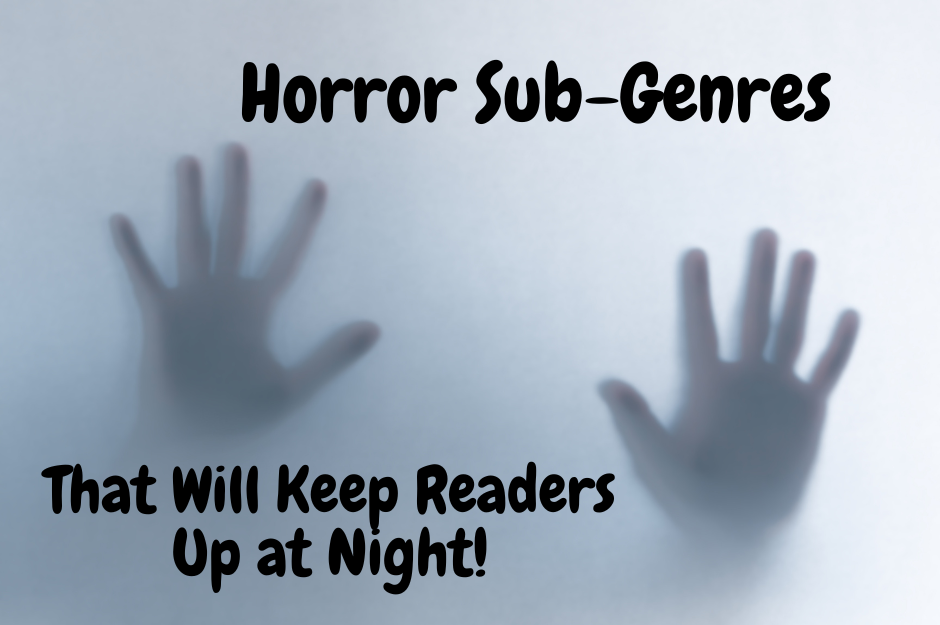|
Listen to or download this article:
|

Plan for an overall tone and mood from the get-go. — Jessica Morrell, editor
Writing Toolbox Series
 I’m not suggesting you skip plotting or structure, I’m suggesting you plan for an overall tone and mood from the get-go. I’ve rarely given this advice for a first draft before, but then I started reading Dean Koontz’ Jane Hawk series. And I’ve been giving a lot of thought to why the novels are bestsellers, what works and what doesn’t quite work.
I’m not suggesting you skip plotting or structure, I’m suggesting you plan for an overall tone and mood from the get-go. I’ve rarely given this advice for a first draft before, but then I started reading Dean Koontz’ Jane Hawk series. And I’ve been giving a lot of thought to why the novels are bestsellers, what works and what doesn’t quite work.
In this thriller series, Jane Hawk, a rogue FBI agent, takes on government agencies including the FBI and a cabal of villains with a deadly conspiracy. The stories are dark, brutal, and scary. As you read along, you feel prickly and practically queasy because evil is everywhere. And the more you read, the more you realize how the author is also inserting real-life horrors into the mix. Because we’re living them in contemporary America.
Why use atmosphere in your first draft?
- Because it will affect your mood and approach to your story.
- It will make you focus on creating unease–a necessary ingredient not always considered in early drafts.
- Unease contributes to writing a page-turner.
- Atmosphere underlines themes–even if you don’t have your themes nailed down yet.
Editor’s Note: Although Jessica is using a thriller as an example, her insightful writing advice may be applied to other genres as well.
While Jane Hawk spends a lot of time driving across the  country searching for answers, a lot of the series is set in California. Now California isn’t exactly Transylvania in the dead of winter, right? But Koontz is a writer’s writer, and he makes most settings spooksville and dangerous. If Jane reaches a haven or safety, it’s always a look-over-your-shoulder situation and she needs to move on, not rest. And she never ever relaxes. Too much is on the line,
country searching for answers, a lot of the series is set in California. Now California isn’t exactly Transylvania in the dead of winter, right? But Koontz is a writer’s writer, and he makes most settings spooksville and dangerous. If Jane reaches a haven or safety, it’s always a look-over-your-shoulder situation and she needs to move on, not rest. And she never ever relaxes. Too much is on the line,  including the safety of her beloved 5-year-old Travis.
including the safety of her beloved 5-year-old Travis.
The story is set in the near future and the country is sliding into chaos and lawlessness. It opens with a deadly terrorist attack in Pennsylvania as the backdrop and citizens countrywide are uneasy and fearful. Here’s a typical setting description as she’s driving.
Editor’s Note: Scott Steindorff, the A-List film producer who presents at the Chanticleer Authors Conference, states that “near-future” is the film industry’s favorite time period. To watch our On WORD Talks with Storytellers 3 minute video with Scott click here.
When the wipers swept the blearing stain from the windshield, she saw the nearby Pacific, storm-lashed and misted, rolling toward the shoreless like water and more like a sea of gray smoke pouring off the fires of a nuclear holocaust. The Silent Corner
Throughout the series, the weather is used in scene after scene, often as bookends. Jane is off the grid so uses public libraries to find information. From The Silent Corner before she visits a library:
Still, the storm had not broken. The sky over San Diego loomed heavy with midday dark, as if all the water weight and potential thunder stored over distant Alpine had in the last few hours slid unspent toward the city, to add pressure to the coastal deluge that was coming. Sometimes both weather and history broke far too slowly for those who were impatient for what came next.
In the park adjacent to the library, following a winding path, she saw ahead a fountain surrounded by a reflecting pool, and she walked to it and sat on one of the benches facing the water that flowered up in numerous thin streams, petaling the air with silver droplets.
This place sounds lovely, doesn’t it? And don’t you wish you’d come up with petaling the air with silver droplets? In case you’re imagining the park as a place or peace or safety, forget about it. Because in fiction it really works to stage danger in benign or lovely settings.
Let’s check out the same park later when Jane is about to be attacked and run for her life.
On the flanking streets to the north and south, traffic passed: grumble of engines, swish of tires, hiss of air brakes, rattle of a loosely-fitted manhole cover, the traffic noise seemed curiously muffled, as if the park were encased with insulated dual-pane glass.
The air remained under pressure, the sky full of iron-dark mountains that would soon collapse in a deluge, the city expectant, the windows of buildings shimmering with light that normally would be faded by the sun at this hour, drivers switching on headlights, the vehicles gliding through the faux dusk like submersibles following undersea lanes.
Jane had taken only a few steps from the fountain when she detected a buzz like swarming wasps. At first, it seemed to come from above her, and then from behind, but when she turned in a circle and faced again the grove of palms toward which she had been moving, she saw the source hovering twenty feet away: drones.
Did you notice how the most important word is placed at the end of the paragraph?
Emulate this. Notice the choice of language: hiss, deluge, collapse, faux dusk, loomed, thunder, grumble, rattle. These words stir the reader’s emotions.
Remember:
- Atmosphere underlines themes.
- Determine the atmosphere of your story: the color, the tone, the mood.
- Word usage will affect your mood as to how you approach your story.
- Word usage will affect the mood of your story.
Stay tuned: Don’t be afraid of potent backstory (more to come).
Keep writing. Keep dreaming. Have heart.

Jessica Page Morrell
Jessica Page Morrell is a top-tier developmental editor and a contributor to Writer’s Digest magazine, and she teaches Master Writing Craft Classes at the Chanticleer Authors Conference that is held annually along with teaching at Chanticleer writing workshops.
Jessica has confirmed that she will teach Master Writing Classes and advanced writing craft sessions at CAC19.
Jessica understands both sides of the editorial desk. She is known for explaining the hows and whys of what makes for excellent writing and for sharing very clear examples that examines the technical aspects of writing that emphases layering and subtext. Her books on writing craft are considered “a must have” for any serious writer’s toolkit. For links for her writing craft books, please click on here.
Chanticleer Reviews and OnWord Talks will interview Jessica for more of her writing tips and advice. Stay tuned! ~ Chanticleer (who hails from Chaucer’s Canterbury Tales).








Leave A Comment